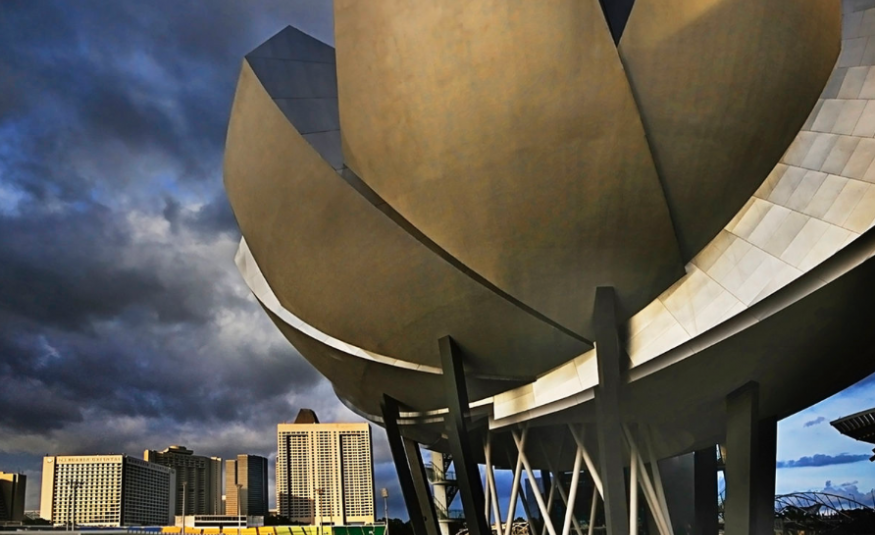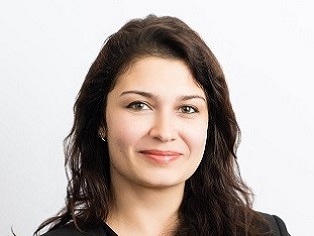It’s clear from AMR’s latest Globex 2017 report that underpenetrated markets in SE Asia have become hot destinations for expansion of leading global players, says Diana Gineva, Globex editor, AMR International.
It’s a good time for investment, and Globex indicates the global exhibitions market is forecast to continue growing at 4 per cent CAGR to 2021, driven largely by consistent strong growth in most emerging markets.
With this in mind, I’d like to provide a snapshot of the SE Asian market that could help organisers make more informed strategic planning decisions.
Indonesia, Thailand, Malaysia, Vietnam and the Philippines present attractive expansion opportunities in underserved sectors or regional events through geo-clones or acquisition/partnerships with local organisers.
Despite their small size, these markets are growing rapidly (>5 per cent volume growth year-on-year, generally faster than GDP) driven primarily by underlying economic growth, strong domestic demand and increased importance in the regional trade flow. Strong government support, through local convention and exhibition bureaus, has also contributed to their rapid development in recent years.
Average sqm prices in the region are growing slightly above regional inflation at around 4-5 per cent p.a, driven by continued demand growth and increasing professionalisation of the industry through the entry of international organisers, as well as cost factors such as the opening of new modern facilities (e.g. ICE in Indonesia) and rising wages.
Sectors such as building & construction, machinery, energy, food & beverage, automotive and hospitality are attractive for tradeshows in SE Asia. B2C events are still very common, though organisers are increasingly shifting their focus towards B2B exhibitions, as these are seen as more profitable and under-served. Going forward, growth can be expected predominantly in retail, e-commerce, services and logistics sectors due to the expanding middle class.
Market consolidation varies by country and correlates with the strength of established local organisers.
The Philippines and Thailand are dominated by local players and consolidated with the top five players generating more than 60 per cent of exhibition organising revenue. Meanwhile, markets in the region such as Malaysia and Vietnam remain rather fragmented and present opportunities for further consolidation. The Indonesian exhibition market is highly competitive with around ten major local players, a number of small privately-held local organisers and increasing presence of international organisers.
Leading global players have established a presence in SE Asia, setting up local entities through partnerships or acquisitions. Some major international organisers have already gained a strong foothold in the region, including Reed, UBM, ITE, Comexposium, Tarsus, Koelnmesse and Messe Dusseldorf.
Venue space is largely sufficient to cater for demand in the mid-term with only the Philippines facing a significant supply challenge. Nevertheless, increased venue availability will unlock supply of events and accelerate long term volume growth. I hope this snapshot of the market provides insights into a thriving and diverse exhibitions market. AMR International’s Globex 2017 report features detailed country profiles on seven Southeast Asian countries: Indonesia, Thailand, Singapore, Malaysia, Vietnam, Macau and the Philippines.







